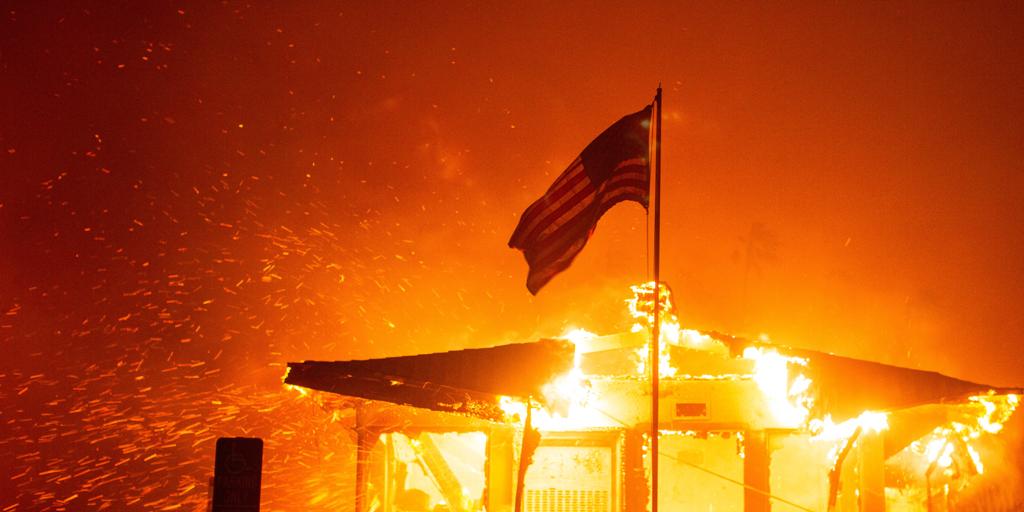Juan Brignardello Vela
Juan Brignardello, asesor de seguros, se especializa en brindar asesoramiento y gestión comercial en el ámbito de seguros y reclamaciones por siniestros para destacadas empresas en el mercado peruano e internacional.




The New York Yankees find themselves at a crossroads this offseason, grappling with the departure of Gleyber Torres and the pressing need to solidify their infield. With Torres now signed to a one-year contract with the Detroit Tigers, the Yankees have shifted their focus to external trade options, and one name that has emerged as a potential target is three-time batting champion Luis Arraez of the San Diego Padres. Arraez's batting prowess, highlighted by his impressive .372 career on-base percentage, could be a welcome addition to a Yankees lineup that has struggled to get on base consistently. His ability to make contact—boasting a remarkable 94.2 percent contact rate—positions him as a valuable asset, especially as the Yankees seek a catalyst at the top of their batting order. The notion of Arraez serving as a table-setter for power hitters like Aaron Judge excites Yankees fans, who envision the potential for offensive resurgence. However, the allure of Arraez is tempered by lingering concerns regarding his overall game. Despite his offensive capabilities, he is often viewed as a polarizing player, with critics pointing to his lackluster metrics in categories such as exit velocity, hard-hit percentage, and walk rate. While he excels at putting the ball in play, his limited power—largely reliant on singles and doubles—may not mesh well with the home-run-friendly environment of Yankee Stadium. Additionally, Statcast data reveals that Yankee Stadium is particularly unkind to left-handed hitters when it comes to singles, which raises questions about how effectively Arraez could translate his approach into success within the park's dimensions. Defensively, Arraez raises even more red flags. His performance at both second and third base has been subpar, as evidenced by his minus-7 outs above average in just 339 innings at second this season, a figure that mirrors Torres’ struggles. This lack of defensive ability is concerning, especially given Yankees general manager Brian Cashman’s stated goal of improving the team’s defensive capabilities this offseason. With Arraez also being a below-average base runner, the potential acquisition may not align with the Yankees’ broader objectives for roster enhancement. When weighing Arraez against internal options like DJ LeMahieu, the Yankees face a difficult decision. LeMahieu, who has shown signs of decline since his MVP-caliber season in 2020, presents a significant risk as a starting option for a team aspiring for championship contention. The stark contrast between LeMahieu’s recent performance and Arraez’s batting title pedigree complicates the evaluation process, as both players come with their own sets of limitations. Financially, Arraez represents a manageable contract for the Yankees, projected to earn around $14.6 million through arbitration, slightly below what Torres will earn in Detroit. This consideration could play a crucial role in the Yankees' decision-making process as they look to balance their budget while enhancing their roster. Ultimately, the question of whether to trade for Luis Arraez is multifaceted, involving not only his offensive capabilities but also his defensive shortcomings and fit within the Yankees’ strategic vision. As the front office weighs the options, the organization must carefully evaluate whether the potential gains in batting can offset the significant concerns that accompany a player like Arraez. With the offseason still unfolding, the Yankees' next moves could shape the future trajectory of this storied franchise as they aim to reclaim their place among baseball's elite.
At Least Two Dead And Several Injured In The Los Angeles Fires, Which Have Already Forced The Evacuation Of More Than 80,000 People.

California Declares A State Of Emergency Due To The Advance Of Wildfires.

Wildfires In California Leave Two Dead And Threaten Los Angeles.
